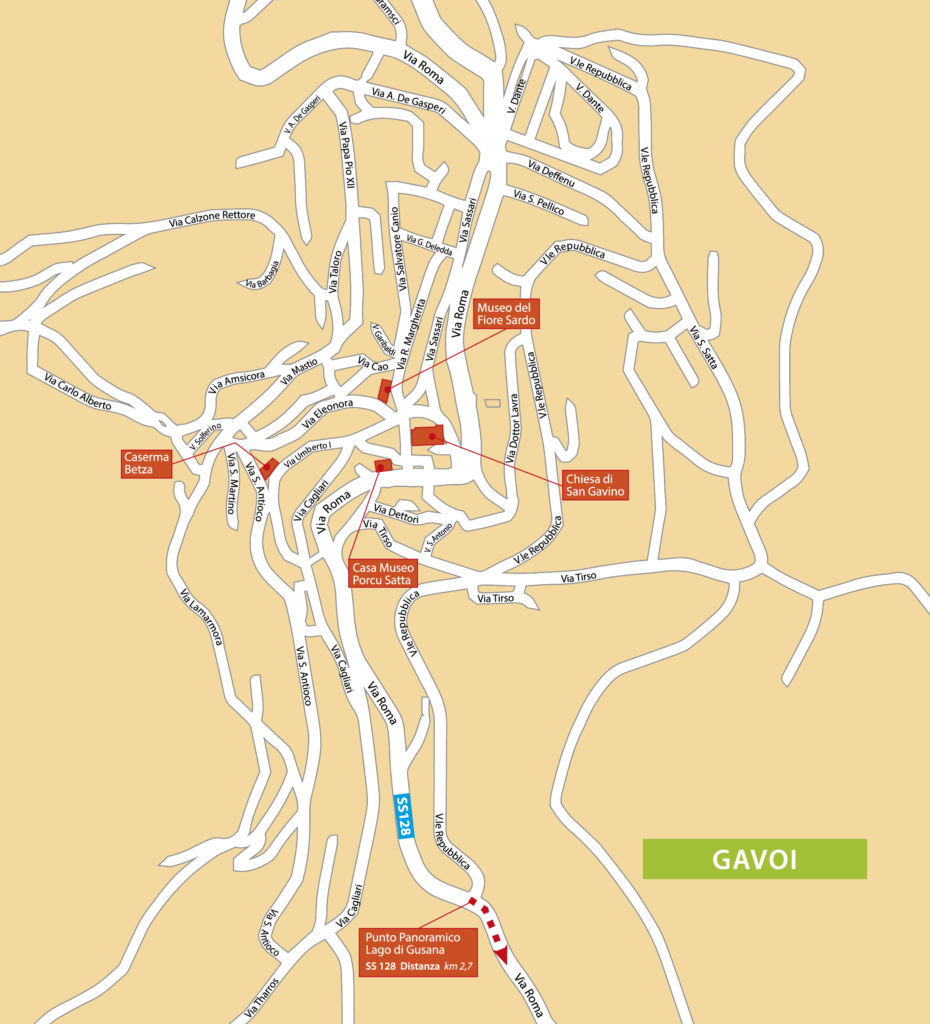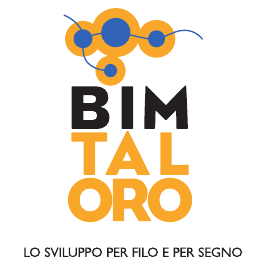Lake Gusana
Lake Gusana is an artificial lake created between 1959 and 1961, when the river by the same name was diverted. The area enclosed by the Littoleri and Nodu ’e sos Arcos mountains was flooded to form a 2.4 sq. km basin, with a capacity of approximately 60 million cubic metres of water.
During the flooding process, the basin submerged an ancient Roman bridge called Su ponte vetzu,where the current bridge now spans the Aratu river. Built between the 2nd and the 3rd century AD, this four-arch bridge used to link Karalis (now Cagliari) to Olbia via a Roman road that cut through Sardinia.
The entire area is rich in ancient pre-nuragic buildings, such as the domus de janas and the perdas fittas that are locatednear the Aratu river, besides several other nuragic villages that dot the nearby mountains.
Endemic species of plants and animals make for the great natural attraction of this area. The lake is free from the pollution discharges of nearby villages and industrial activities, enabling sports activities such as canoeing and windsurfing, as well as trout, tench, perch and carp fishing.
In recent years, the lake has become a regular venue for triathlon events due to the growing popularity of athletic competitions in a range of disciplines. Cycling and running are popular in the surrounding village areas.
Breath-taking landscapes, coupled with a wide array of options and several hospitality facilities, have turned the lake and its nearby villages into a sought-after destination all year round.
Text by Laura Melis

planimetria_Gavoi_02_es-01
 BIM TALORO
BIM TALORO